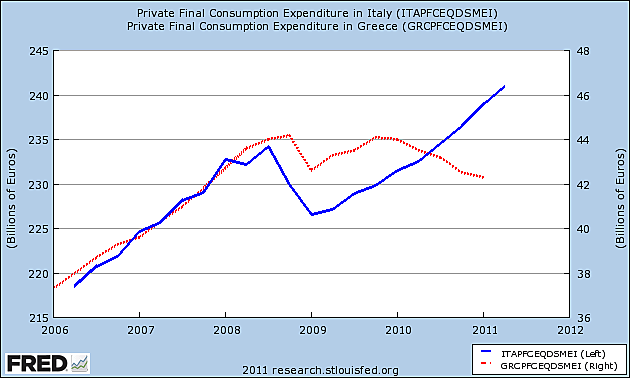This month we’re talking macroeconomics at Cato Unbound. Tim Congdon kicks things off with an essay about the confused legacy of John Maynard Keynes. We have been told, again and again, that the United States is in a liquidity trap — because the federal funds rate can’t go below zero.
There are several problems with this often-repeated claim. First, even at a federal funds rate of zero, other instruments of monetary policy remain effective. Second, a central bank lending rate of zero is not at all what Keynes himself meant when he used the term “liquidity trap.” Third, what Keynes did mean is a source of considerable ambiguity, as necessitated by the simplified model he presented in his General Theory of Employment, Interest, and Money. And finally, a liquidity trap that conforms to his model may never actually occur, at least not in the strict sense.
Advancing these claims is Tim Congdon, the United Kingdom’s leading monetarist and author of the recent book Money in a Free Society. He is joined by three other prominent economists, each with a slightly different view of the issue. They are Dean Baker, co-director of the Center for Economic and Policy Research; Don Boudreaux of George Mason University; and Robert Hetzel, an economist with the Federal Reserve Bank of Richmond.
As always, Cato Unbound readers are encouraged to take up our themes and enter into the conversation on their own websites and blogs, or at other venues. Trackbacks are enabled. We also welcome your letters and may publish them at our option. Send them to jkuznicki at cato.org
